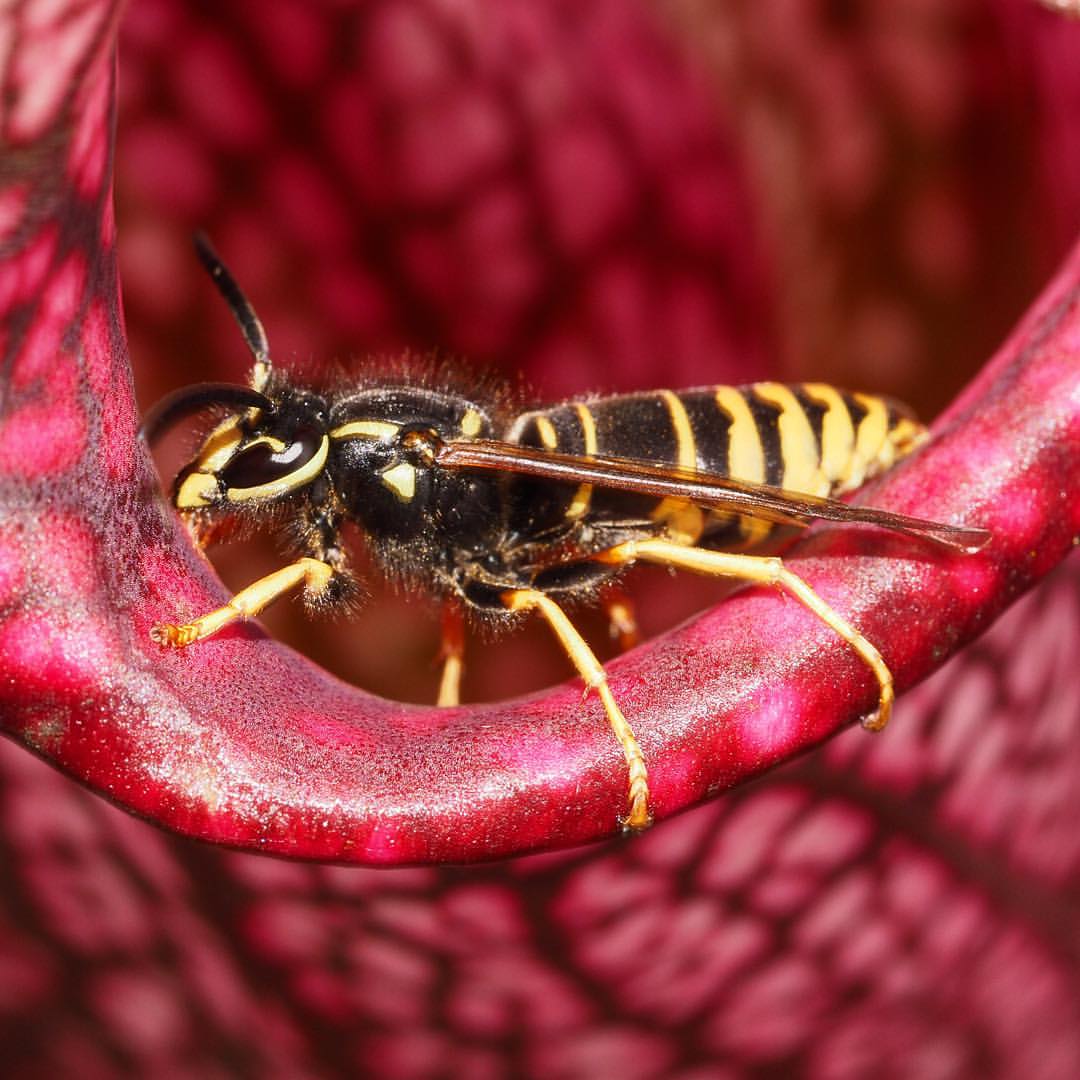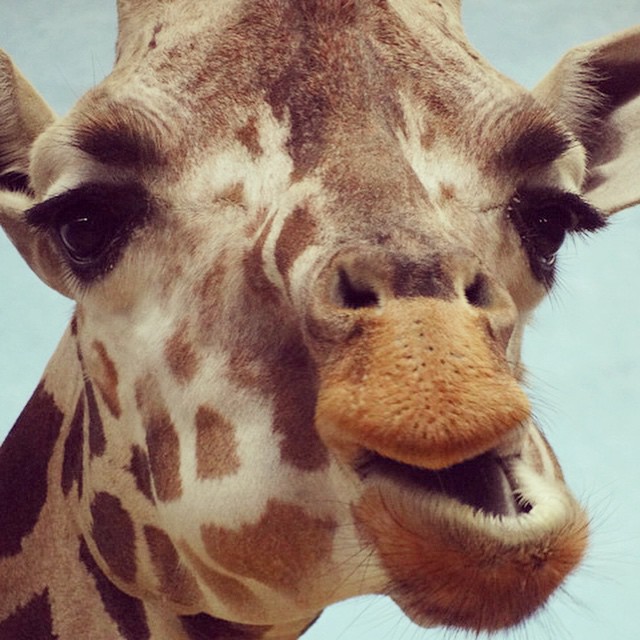
Years ago I lived in central North Carolina, the westernmost distribution of spotted turtles in the state. This is a post for throwback Thursday, since I now live in the mountains where they are not found. Though a few young or very old turtles have no spots, their name comes from these bright yellow dots, which are actually transparent windows in the shell where yellow pigment shows through. They occur in many aquatic habitats but almost always there is duckweed, and scientists speculate their color is a form of camouflage. Their dark bodies blend in with the tannin stained waters and their yellow spots are lost against the floating duckweed.
They have an extensive but spotty distribution (couldn’t resist), from Canada south to Florida, and some isolated populations around the Great Lakes. But because many of their wetland habitats have been drained and developed for homes or agriculture, they are endangered and even extinct in many former parts of their range. They are also threatened by their surreal beauty. Most turtles have a single spot on each segment of the carapace, as if an artist painstakingly daubed a yellow brush in this perfect pattern, which makes them quite attractive as pets.
Though very small, generally only 4 or 5 inches long, they have amazing longevity, living up to 150 years. I hope we find a way to set aside protected spots for the spotted. I like to think a baby just hatching now will in another century be happily swimming in a tranquil woodland pond.



